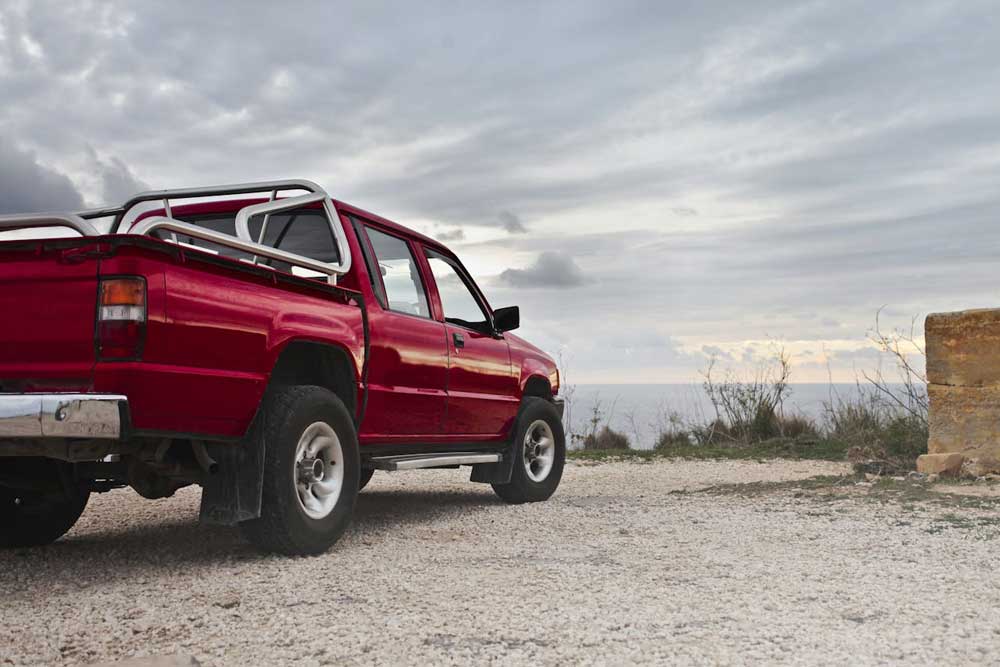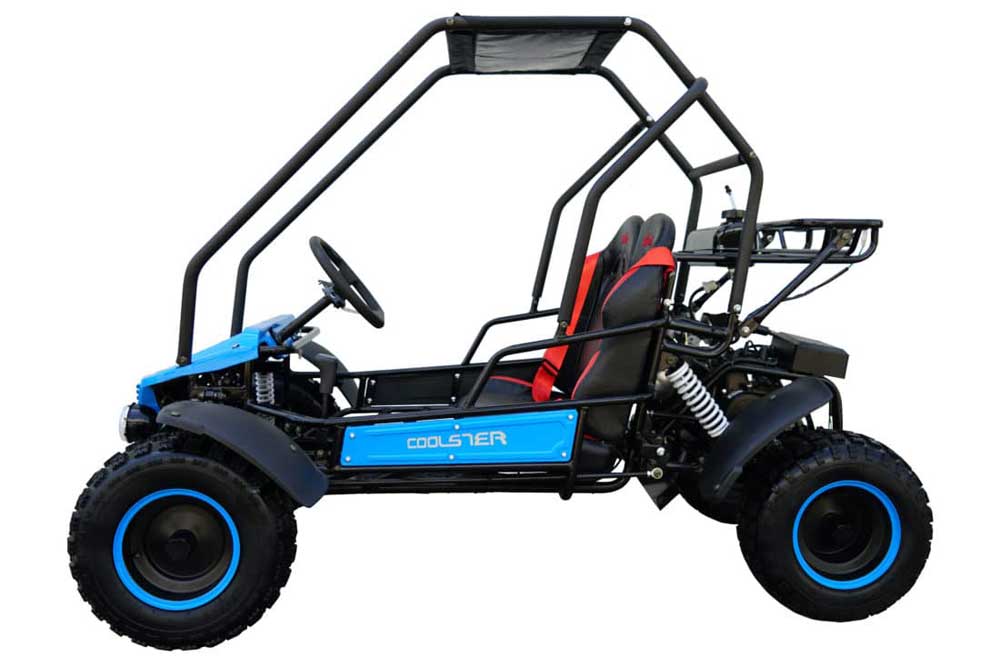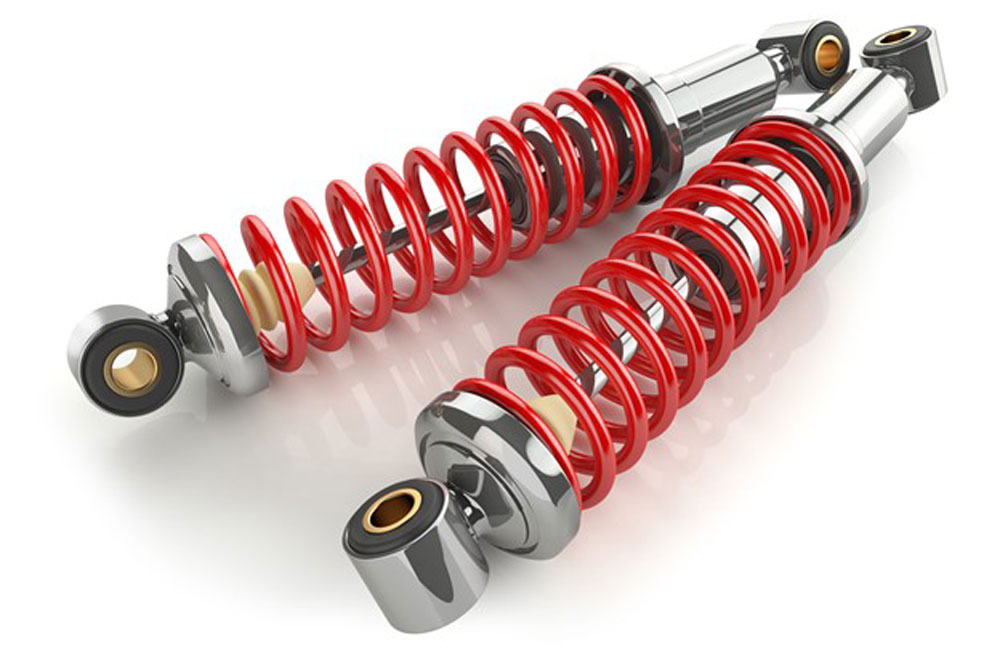It’s no longer a question of whether hybrid and electric vehicles will become the norm in the future, it’s a question of how long it will take. With massive amounts of money being put into electrification by the top automakers, eventually it will be rare to find a vehicle that is not a Hybrid Electric Vehicle (HEV) or Battery Electric Vehicle (BEV).
ARaymond — the global fastening solutions supplier present in 25 countries — is one company that is embracing this change, and adapting to meet the demands of these shifting customer needs. One key area where their expertise comes into play is Thermal Management, the systems required for temperature regulation of batteries, E-motors, power electronics and other sub-systems in hybrid and electric vehicles. Without the proper assembly solutions, vehicle range and battery lifespan — two of the most important aspects of an EV — can be impacted.

New Quick Connector Technology
One surprising statistic is that while a traditional ICE vehicle typically has between 5 and 7 cooling lines, an HEV or BEV vehicle can have up to 30 or more. More fluid lines means more connections must be made with large diameter Quick Connectors (QCs), which lead to enhanced safety standards and an improved integration and production process.
Building on more than a decade of experience designing and manufacturing Quick Connectors complying with the VDA quality standard, ARaymond’s latest solution is a new generation of VDA LOW PUSH Quick Connectors — featuring an optimized design that alleviate challenges of Thermal Management Systems integration and assembly, especially the challenges presented by HEVs and BEVs.
“The design of our new Quick Connectors is leading the way in terms of how the industry adapts to the vehicles of the future. These QCs have been meticulously improved to reduce the insertion effort required to achieve connection,” said Burak Ocak, Business Development Manager at ARaymond. “We estimate that our diameter NW16 VDA LOW PUSH QC reduces this insertion effort by at least 40% versus industry standards. Larger diameter QCs will display even greater benefits. These improved figures will be critical to enhancing ergonomics and will help to facilitate the assembly of thermal management lines in complex environments.”
For manufacturers, an effective way to improve working conditions and worker safety is to select optimized QC designs with reduced insertion efforts. This makes fluid line connections easier on the assembly line, which also means more reliable vehicles are produced.
Other technology at work with the new QCs includes a VERIFIER tab that only becomes visible when the end piece is correctly inserted into the Quick Connector, and displays a customizable QR code which can be easily detected and read. This feature enables fast and automated quality controls, boosting safety for workers and end-users, and is something that companies should be looking for as they modernize their manufacturing processes for Industry 4.0, and work to prevent issues that could lead to part failures and recalls.
Fluid line connections in the complex environments of HEVs and BEVs can be very challenging to make and verify. However, reliable connections are absolutely critical, since any leakage caused by misassemblies would generate significant safety threats, something that automakers want to avoid. The most efficient way to mitigate this is to pay close attention to selecting appropriate Quick Connectors.
Customization
Auto suppliers and OEMs know that thermal line integration can be a major challenge in today’s high-tech vehicles. QCs can’t just fit one category — there needs to be a variety of diameters, angles and shapes to fit every possible scenario for every possible customer need. That’s an approach taken by the ARaymond team when crafting the newest, most modern QCs. There are also customization opportunities via adding fluid management elements such as valves or sensors.
As E-mobility continues to grow and HEV and BEV vehicles become the standard, the design and manufacturing process in relation to Quick Connectors for Thermal Management systems must continue to adapt to this new reality. The benefits to the end user will translate to longer vehicle range and more reliable vehicles. On the production side, these advances are leading to safer environments for workers by limiting the insertion effort required for QCs, which is essential since there are so many more QCs to install on hybrid and electric vehicles. New QC solutions should be customizable, easy to use, and feature cutting-edge technology that ensures vehicle safety, as there is no room for error when it comes to these critical vehicle systems.











